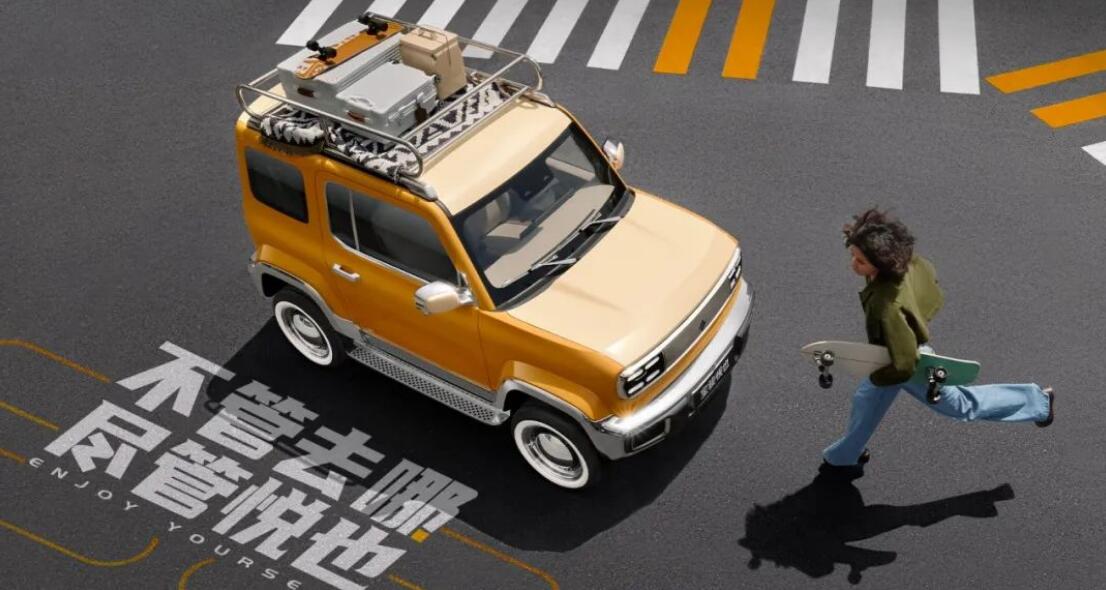"That was many years ago. Their cars are highly competitive these days," Musk said.

A video of Tesla (NASDAQ: TSLA) CEO Elon Musk laughing when asked about BYD (OTCMKTS: BYDDY) in an interview has sparked widespread discussion on social media from time to time.
Now, as the video has sparked renewed buzz on Twitter, Musk has responded.
"That was many years ago. Their cars are highly competitive these days," Musk said in a May 27 reply below a video shared by Tesla Owners Silicon Valley on Twitter.
That was many years ago. Their cars are highly competitive these days.
— Elon Musk (@elonmusk) May 27, 2023
In a 2011 interview, a Bloomberg host mentioned that Tesla began to have competitors, such as BYD, which was ramping up.
Musk laughed at those words and asked the host if she had seen BYD's cars.
Musk's reaction at the time was understandable; after all, BYD was just a Chinese car company targeting the lower end of the market in 2011 and was far less well-known than it is now.
Even in 2019, BYD's annual sales of only 461,400 units across all models are nowhere near the 2 million sales of SAIC Volkswagen in the same year.
BYD saw explosive sales growth in 2021 and stopped production and sales of vehicles powered entirely by internal combustion engines in March 2021.

BYD sold 1,863,494 new energy vehicles (NEVs) in 2022, up 208.64 percent from 603,783 in 2021.
For comparison, Tesla delivered 1,313,851 vehicles worldwide in 2022, up 40.38 percent from 935,950 in 2021.
In the first quarter of the year, BYD sold 547,917 passenger NEVs, up 92.81 percent year-on-year, including 264,647 battery electric vehicles (BEVs) and 283,270 plug-in hybrid vehicles (PHEVs).
Tesla's vehicles were all BEVs, delivering 422,875 units in the first quarter, up 36.39 percent year-on-year.

Ford CEO Jim Farley expressed similar opinions on May 26, calling Chinese electric vehicle (EV) makers its main competitors in the segment.
Farley said that China has some of the best battery technology and is dominating EV production at the Morgan Stanley Sustainable Finance Summit.
He used BYD as a prime example of a Chinese automaker that has successfully developed and sold EVs, first in China and now in Europe.
"I like BYD. Totally vertically integrated, aggressive … very, very impressive company. And they were always committed to electric," Farley said when asked which company was doing the right thing in making EVs.
Tesla delivers 39,956 vehicles in China in Apr, exports 35,886 units from Shanghai plant
The post Musk once laughed at BYD, but now thinks 'their cars are highly competitive' appeared first on CnEVPost.
For more articles, please visit CnEVPost.






















